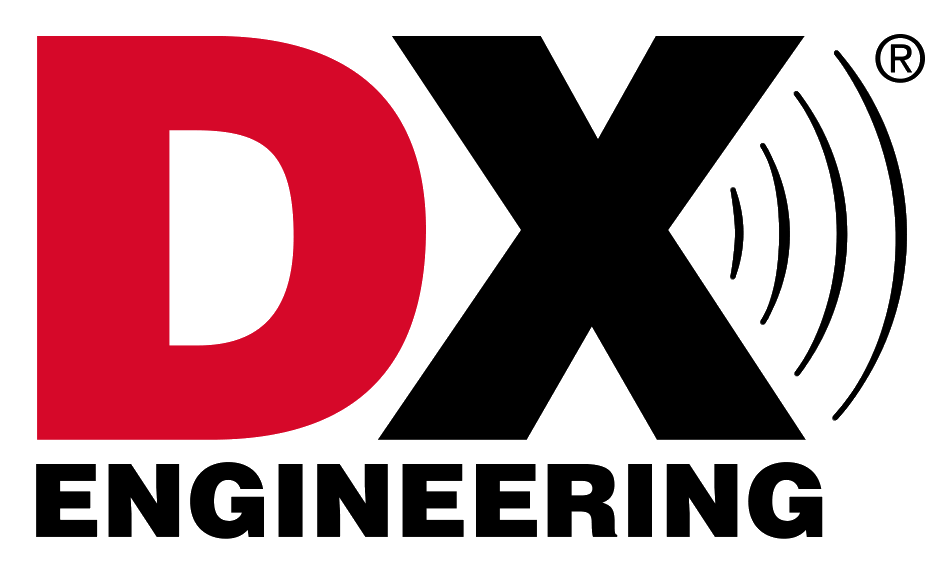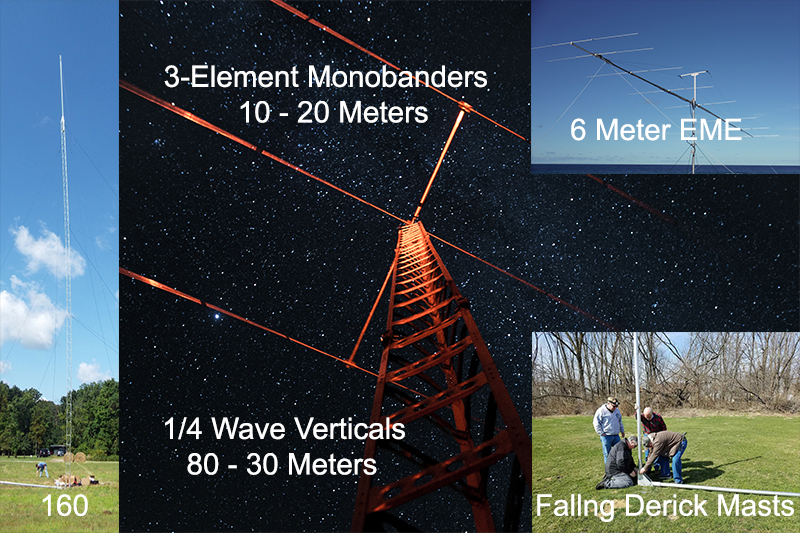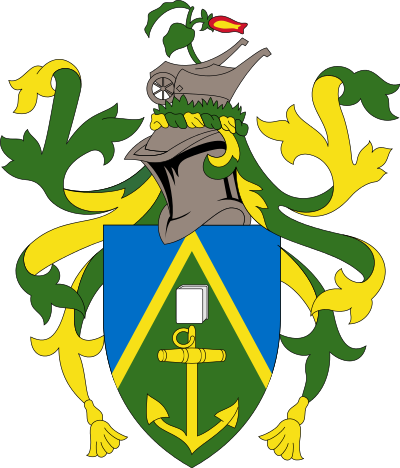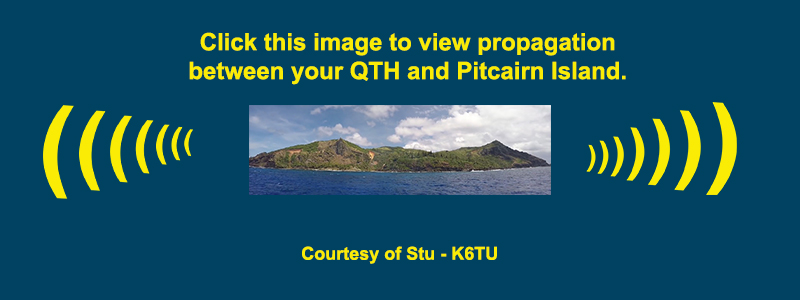Our Part
We start with the best possible foundation: DX Engineering, Flex Radio, and ACOM




Add in RA6LBS receive systesms, precise tuning with Rig Expert Analyzers, RadioSport headsets, and a dedicated team. We got this!
QSL INFORMATION:
Pitcairn Island DXpedition
P.O. Box 73
Elmwood, IL 61529
U.S.A.
Our preferred QSL route is via OQRS. Please wait for details before sending any cards.
Our manager is K9CT.
Band Plan
CW Band Plan
- 160 1826.5
- 80 3523
- 40 7023
- 30 10108
- 20 14023
- 17 18069
- 15 21023
- 12 24891
- 10 28023
SSB Band Plan
- 160
- 80 3785
- 40 7082
- 30
- 20 14185
- 17 18130
- 15 21285
- 12 24955
- 10 28485
RTTY Band Plan
- 160
- 80 3580
- 40 7045
- 30 10142
- 20 14080
- 17 18099
- 15 21080
- 12 24911
- 10 28080
FT8 Band Plan (Instructions To Follow)
These are our FT8 Transmit Frequencies.
CLICK HERE FOR DETAILS.
- 160 1836
- 80 3567
- 40 7056
- 30 10131
- 20 14090
- 17 18095
- 15 21091
- 12 24911
- 10 28091
- 50 50.323
VP6R FT8 Protocol: Click the small button to the right to open / close.
FT8 Protocol for VP6R
The Baker Island DXpedition did an excellent job with FT8. The following was extracted from their instructions with their consent. We thank them.
We will be using the DXpedition mode of the WSJT-X software. Be sure you have downloaded the latest version of WSJT-X abb4f4nd be sure you have an accurate time synch on your computer. Read the FT8 help files to assure that you fully understand the DXpedition mode. It is NOT the standard FT8 protocol.
You will be the “Hounds,” we will be the “Fox.” Go to the menu File>Settings>Advanced, check the “Hound” box.
We will use the DXpedition mode to transmit on NON-STANDARD FT8 frequencies and our listening will be in NON-STANDARD segments. Please see our listed transmit frequencies on our website. You will need to add the VP6R transmit frequencies to the Working Frequency list in WSJT-X. Go to File>Settings>Frequencies. Add our TX frequencies to this frequency table.
When you are preparing to work us on FT8, set YOUR transmit frequeny to ABOVE 1000 Hz. IF YOU CALL BELOW 1000 HZ WE WIL NOT HEAR YOU. When we make contact with a station, that station’s TX frequency will automatically be move below 1000 Hz in a clear window. We will not hear anyone we did not put in the 300 – 1000 Hz window.
Call us ONLY after you have decoded one of our CQ messages. Simply double-click on our callsign in the “Band Activity” window and the software will automatically create the correct message with which to call us and start transmitting. You may need to press ENABLE TX from time to time to keep transmitting. We will send a CQ periodically so you do not have to wait long to click on our callsign.
We will be operating with multiple streams enabling us to conduct as many as 5 QSOs simultaneously. During these QSOs we will be selecting new stations to work, so continue to call as long as you are decoding us.
Once you decode the message, “<Your Call> VP6R RR73” from us, log the QSO as completed. Continue to call us until you receive this message.
Good luck. Please share this information with everyone you know who is on FT8 and check our website regularly for changes and updates.
Ref: https://physics.princeton.edu/pulsar/k1jt/FT8_DXpedition_Mode.pdf


